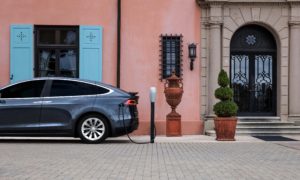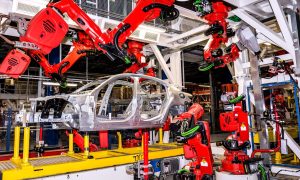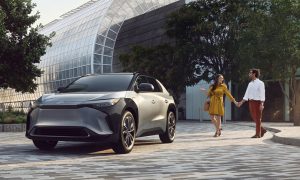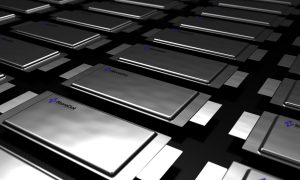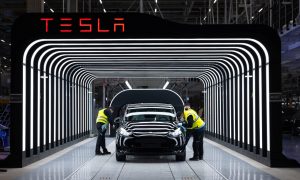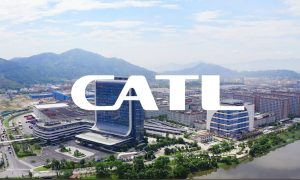News
How Volkswagen’s diesel scandal may change the EV charging landscape
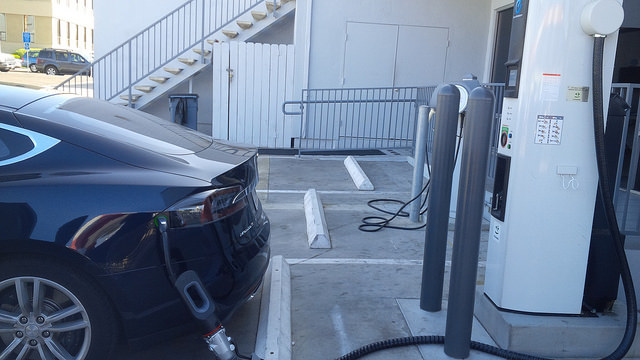
As part of its settlement with federal and state regulators over its diesel emissions cheating scandal, Volkswagen has agreed to invest $2 billion in charging infrastructure over the next 10 years. The money is supposed to come in chunks of $500 million every 30 months. Volkswagen is largely free to decide how and where to spend the money, but a good portion of it will be spent in California, the state with the highest concentration of electric cars.
According to Automotive News, the money may be used for EV charging stations and hydrogen fuel stations, brand neutral ad campaigns to boost awareness of EVs, or zero emission car sharing and ride hailing programs. Some see this as the answer to the chicken or egg dilemma that has plagued electric car sales for the past 6 years. People don’t want to buy a car that can’t be recharged conveniently and companies don’t want to invest in charging infrastructure if there aren’t enough electric cars in use to justify the cost.
Nissan has applauded the deal, saying the money VW invests could provide “much needed” funding to EV infrastructure. It urges VW and regulators to put a priority on installing DC fast chargers. $1 billion would be enough to pay for the purchase and installation of 10,000 of those, according to the Rocky Mountain Institute. Nissan also said the projects should be coordinated at a national level to avoid a “patchwork” of initiatives steered by individual states or cities.
Last week, the Obama administration announced a plan to expand the EV charging infrastructure in the US that would create charging corridors on 48 interstate highways spanning nearly 25,000 miles in 35 states. At a minimum, there would be one charging station every 50 miles along major routes. The proposal would require an alliance of states, utilities, charging companies, and automakers. General Motors, BMW, and Nissan have agreed to cooperate to bring the plan to fruition.
“This could be a very big moment in time where we see a shift from internal combustion engine vehicles to electric vehicles,” said Roland Hwang, transportation director at the Natural Resources Defense Council (NRDC). “This could actually be a real game changer.”
When there are two billion dollars on the table, everyone will be anxious to grab a piece of the pie for themselves. Volkswagen is not being entirely altruistic by agreeing to do this. Yes, its investment may benefit its competitors but it will also help Volkswagen sell its own electric cars in America. The company is in the midst of a major pivot away from diesel powered cars to electrics. The money it pays out to settle emissions cheating claims could ultimately work to its advantage.
ChargePoint, the largest private charging network in America, is one of those not pleased with the terms of the deal. It says pumping all that money into charging infrastructure “threatens to destroy the competitive market for ZEV infrastructure” and could create a monopoly for VW. Two Republican lawmakers raised similar concerns in a letter to the EPA last week.
NRDC’s Hwang agrees that the settlement money must be used appropriately. “It’s going to be incumbent upon both the Air Resources Board and the EPA to ensure that VW is investing their money wisely in a way which benefits the entire electric vehicle market and not somehow tuned to assist VW’s business plan.” Expect some wrangling over who gets what to continue.
News
Tesla posts Optimus’ most impressive video demonstration yet
The humanoid robot was able to complete all the tasks through a single neural network.
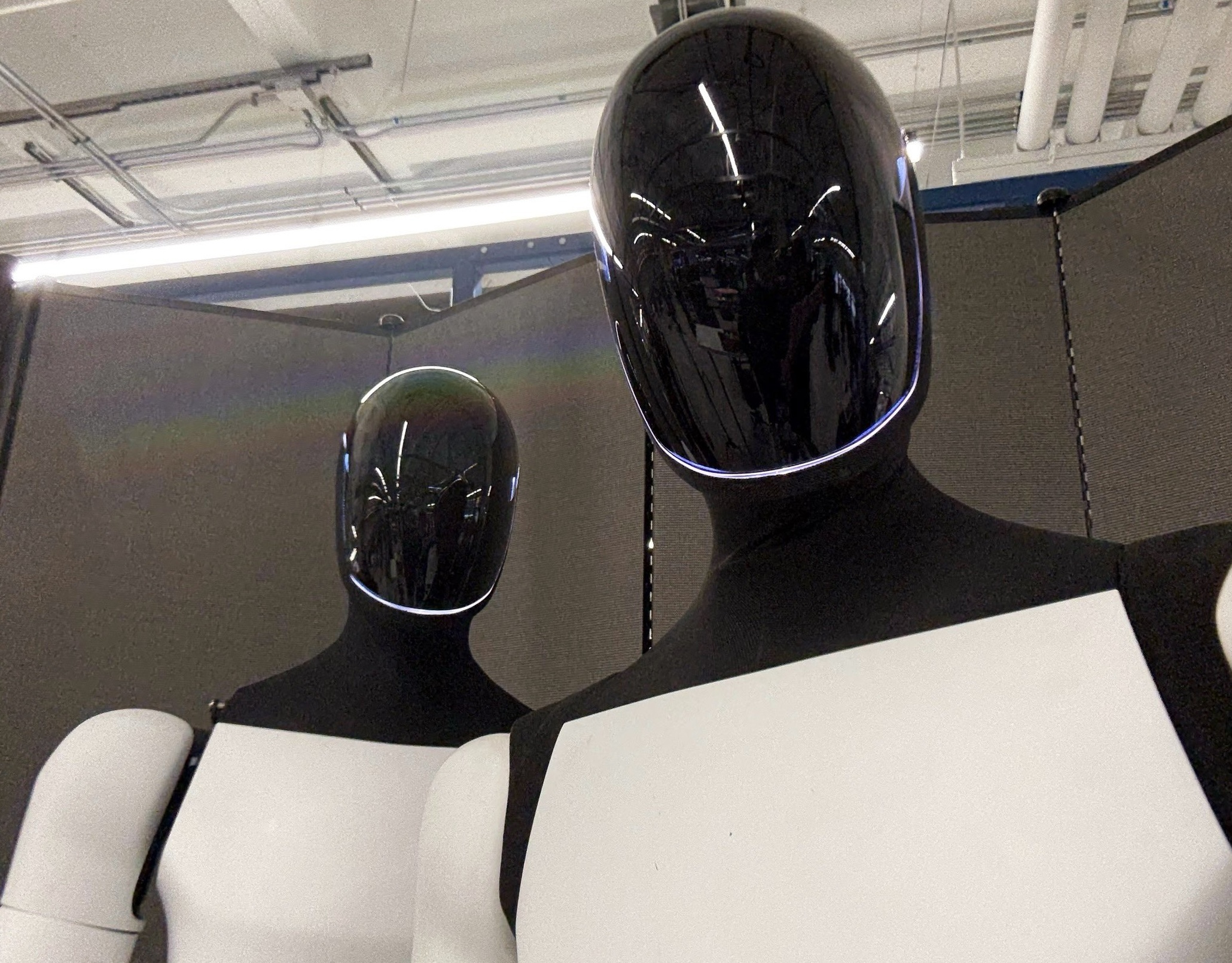
When Elon Musk spoke with CNBC’s David Faber in an interview at Giga Texas, he reiterated the idea that Optimus will be one of Tesla’s biggest products. Seemingly to highlight the CEO’s point, the official Tesla Optimus account on social media platform X shared what could very well be the most impressive demonstration of the humanoid robot’s capabilities to date.
Optimus’ Newest Demonstration
In its recent video demonstration, the Tesla Optimus team featured the humanoid robot performing a variety of tasks. These include household chores such as throwing the trash, using a broom and a vacuum cleaner, tearing a paper towel, stirring a pot of food, opening a cabinet, and closing a curtain, among others. The video also featured Optimus picking up a Model X fore link and placing it on a dolly.
What was most notable in the Tesla Optimus team’s demonstration was the fact that the humanoid robot was able to complete all the tasks through a single neural network. The robot’s actions were also learned directly from Optimus being fed data from first-person videos of humans performing similar tasks. This system should pave the way for Optimus to learn and refine new skills quickly and reliably.
Tesla VP for Optimus Shares Insight
In a follow-up post on X, Tesla Vice President of Optimus (Tesla Bot) Milan Kovac stated that one of the team’s goals is to have Optimus learn straight from internet videos of humans performing tasks, including footage captured in third person or by random cameras.
“We recently had a significant breakthrough along that journey, and can now transfer a big chunk of the learning directly from human videos to the bots (1st person views for now). This allows us to bootstrap new tasks much faster compared to teleoperated bot data alone (heavier operationally).
“Many new skills are emerging through this process, are called for via natural language (voice/text), and are run by a single neural network on the bot (multi-tasking). Next: expand to 3rd person video transfer (aka random internet), and push reliability via self-play (RL) in the real-, and/or synthetic- (sim / world models) world,” Kovac wrote in his post on X.
News
Starship Flight 9 nears as SpaceX’s Starbase becomes a Texan City
SpaceX’s launch site is officially incorporated as Starbase, TX. Starship Flight 9 could launch on May 27, 2025.
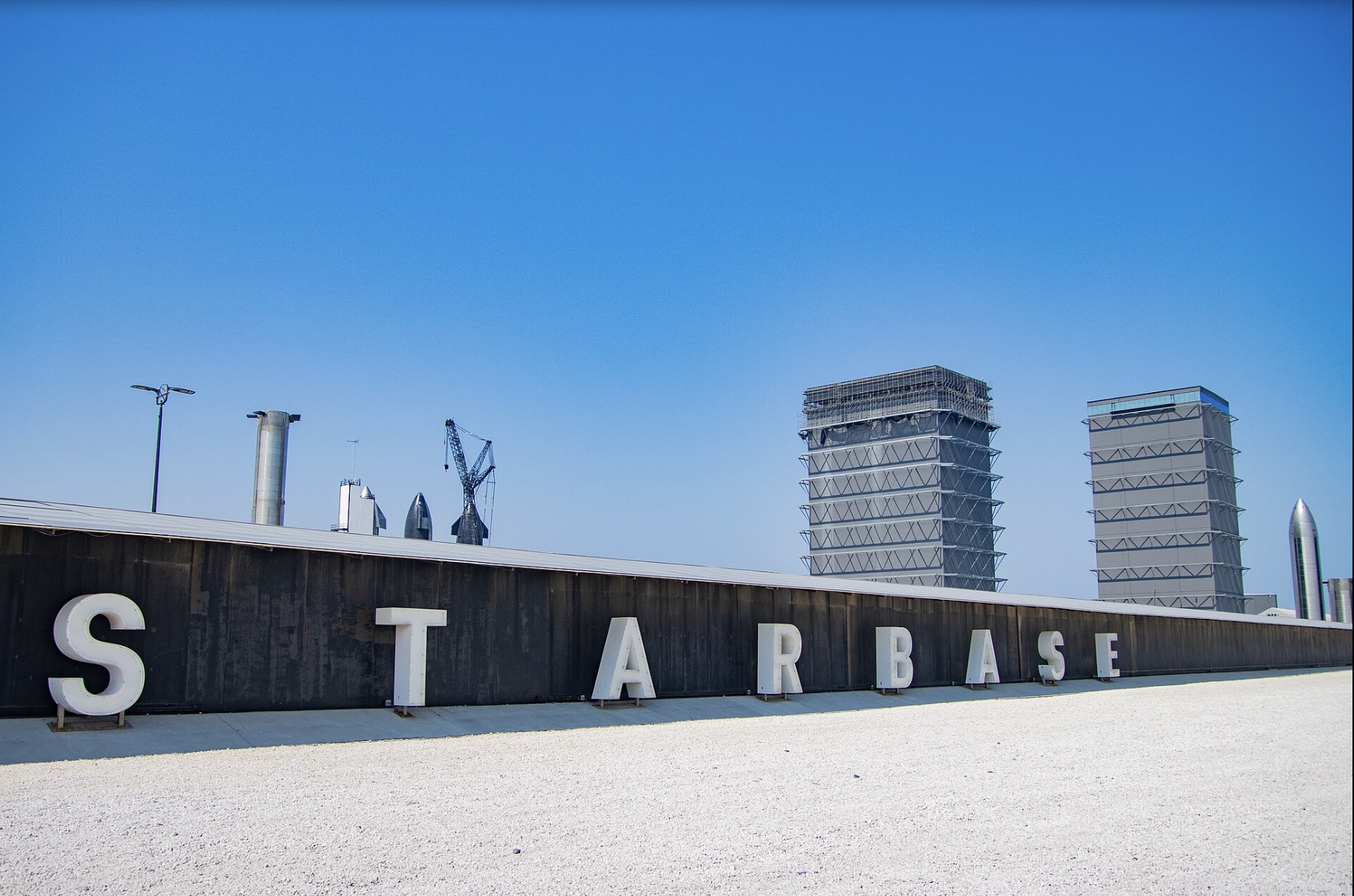
SpaceX’s Starbase is officially incorporated as a city in Texas, aligning with preparations for Starship Flight 9. The newly formed city in Cameron County serves as the heart of SpaceX’s Starship program.
Starbase City spans 1.5 square miles, encompassing SpaceX’s launch facility and company-owned land. A near-unanimous vote by residents, who were mostly SpaceX employees, led to its incorporation. SpaceX’s Vice President of Test and Launch, Bobby Peden, was elected mayor of Starbase. The new Texas city also has two SpaceX employees as commissioners. All Starbase officials will serve two-year terms unless extended to four by voters.
As the new city takes shape, SpaceX is preparing for the Starship Flight 9 launch, which is tentatively scheduled for May 27, 2025, at 6:30 PM CDT from Starbase, Texas.
SpaceX secured Federal Aviation Administration (FAA) approval for up to 25 annual Starship and Super Heavy launches from the site. However, the FAA emphasized that “there are other licensing requirements still to be completed,” including policy, safety, and environmental reviews.
On May 15, the FAA noted SpaceX updated its launch license for Flight 9, but added: “SpaceX may not launch until the FAA either closes the Starship Flight 8 mishap investigation or makes a return to flight determination. The FAA is reviewing the mishap report SpaceX submitted on May 14.”
Proposed Texas legislation could empower Starbase officials to close local highways and restrict Boca Chica Beach access during launches. Cameron County Judge Eddie Trevino, Jr., opposes the Texas legislation, insisting beach access remain under county control. This tension highlights the balance between SpaceX’s ambitions and local interests.
Starbase’s incorporation strengthens SpaceX’s operational base as it gears up for Starship Flight 9, a critical step in its mission to revolutionize space travel. With growing infrastructure and regulatory hurdles in focus, Starbase is poised to become a cornerstone of SpaceX’s vision, blending community development with cutting-edge aerospace innovation.
News
The Boring Company accelerates Vegas Loop expansion plans
The Boring Company clears fire safety delays, paving the way to accelerating its Vegas Loop expansion plans.
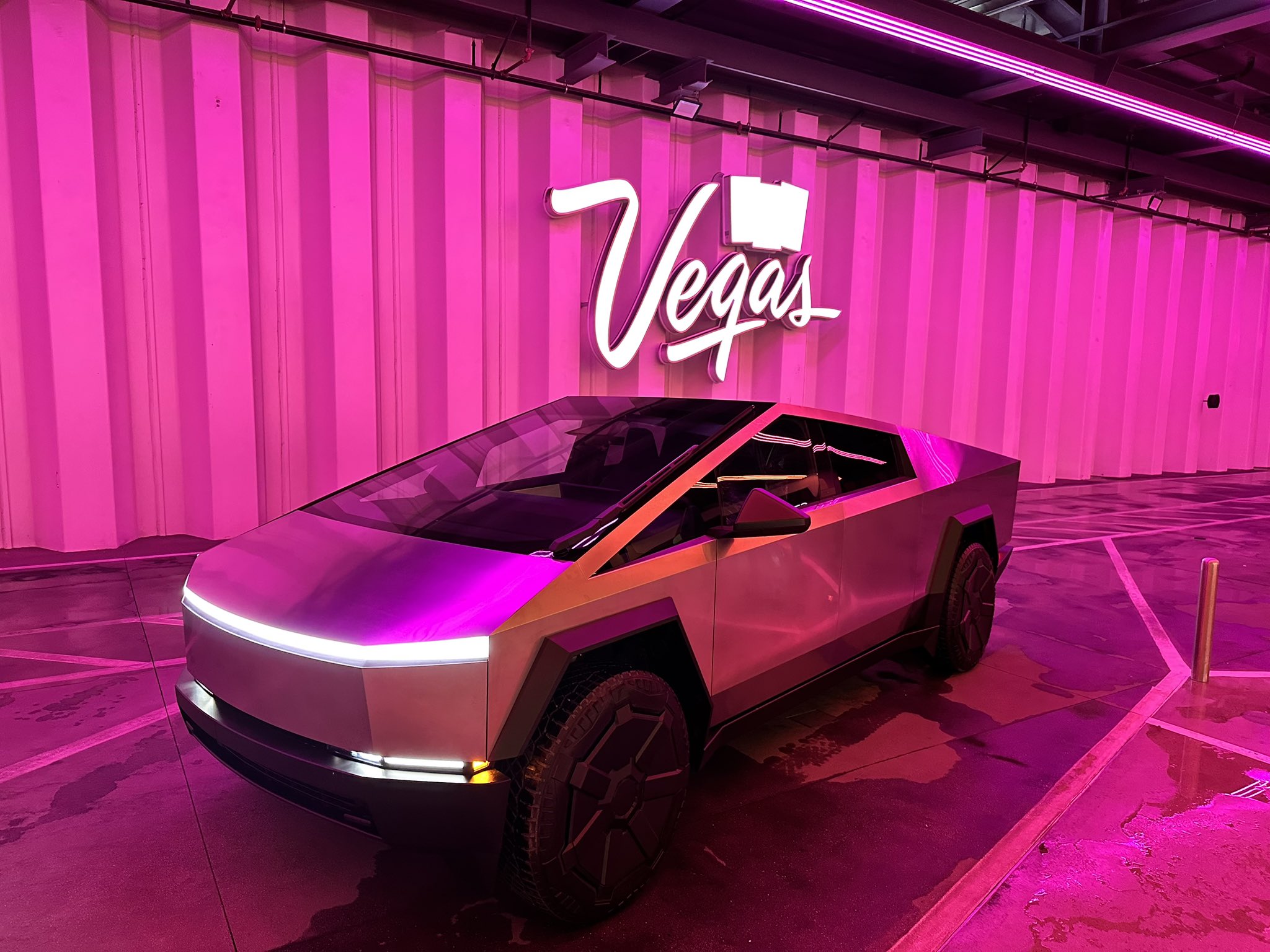
After overcoming fire safety hurdles, the Boring Company is accelerating its Vegas Loop expansion. The project’s progress signals a transformative boost for Sin City’s transportation and tourism.
Elon Musk’s tunneling company, along with The Las Vegas Convention and Visitors Authority (LVCVA) and Clark County, resolved fire safety concerns that delayed new stations.
“It’s new. It’s taken a little time to figure out what the standard should be,” said Steve Hill, LVCVA President and CEO, during last week’s board meeting. “We’ve gotten there. We’re excited about that. We’re ready to expand further, faster, than we have.”
Last month, the company submitted permits for tunnel extensions connecting Encore to a parcel of land owned by Wynn and Caesars Palace. The three tunnels are valued at $600,000 based on country records.
Plans for a Tropicana Loop are also advancing, linking UNLV to MGM Grand, T-Mobile Arena, Allegiant Stadium, Mandalay Bay, and the upcoming Athletics’ ballpark. Downtown extensions from the convention center to the Strat, Fremont Street Experience, and Circa’s Garage Mahal are also in the permitting process.
“Those are all in process,” Hill noted. “We’ve got machines that are available to be put in the ground. I think we’ve reached a framework for how these projects are going to work and how they’ll be permitted from a safety standpoint, as well as a building standpoint.”
The Boring Company has six boring machines, with three currently active in Las Vegas. Last week, TBC announced that it successfully mined continuously in a Zero-People-in-Tunnel (ZPIT) configuration, enabling it to build more tunnels faster, safer, and at a more affordable rate.
Tunneling under Paradise Road is underway as The Boring Company works on the University Center Loop. The University Center Loop is expected to connect to the Las Vegas Convention Center within two months, linking to the Westgate tunnel. The full Vegas Loop will span 104 stations and 68 miles. Even though The Boring Company’s tunnel network in Las Vegas isn’t nearly finished, it has already become a key attraction in the city.
“It’s such a great attraction for shows that are looking at this building (convention center) and we’re going to be connected to everybody in town,” Hill said. “It’s a real difference-maker.”
A few Vegas Loop stations are already operational, including those connected to Resorts World, Westgate, Encore, and all the Las Vegas Convention Center Loop stations. The Downtown Loop, which connects to the downtown area, and the Riviera Station, the hub that leads to Resorts World with Westgate destinations, are also operational.
As The Boring Company accelerates the Vegas Loop, its tunnels are poised to redefine mobility and tourism in Las Vegas, blending cutting-edge technology with practical urban solutions.
-
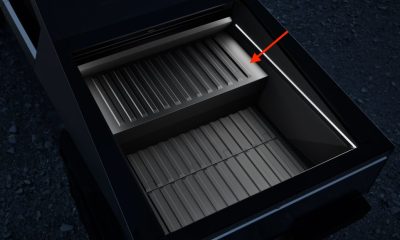
 News2 weeks ago
News2 weeks agoTesla Cybertruck Range Extender gets canceled
-
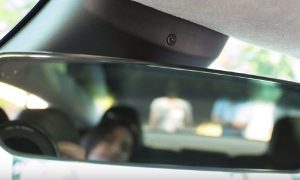
 Elon Musk6 days ago
Elon Musk6 days agoTesla seems to have fixed one of Full Self-Driving’s most annoying features
-
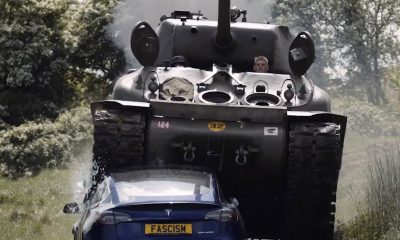
 Lifestyle2 weeks ago
Lifestyle2 weeks agoAnti-Elon Musk group crushes Tesla Model 3 with Sherman tank–with unexpected results
-
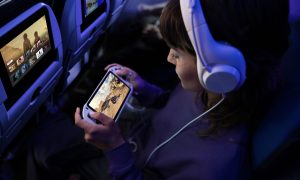
 News2 weeks ago
News2 weeks agoStarlink to launch on United Airlines planes by May 15
-

 News2 weeks ago
News2 weeks agoTesla Semi gets new adoptee in latest sighting
-

 News2 weeks ago
News2 weeks agoTesla launches its most inexpensive trim of new Model Y
-
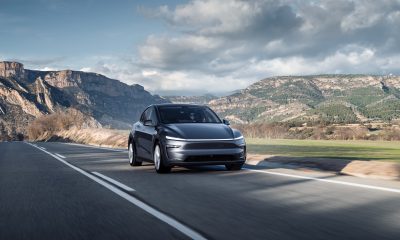
 News2 weeks ago
News2 weeks agoUS’ base Tesla Model Y has an edge vs Shanghai and Berlin’s entry-level Model Ys
-

 News2 weeks ago
News2 weeks agoTesla Cybertruck owners get amazing year-long freebie


